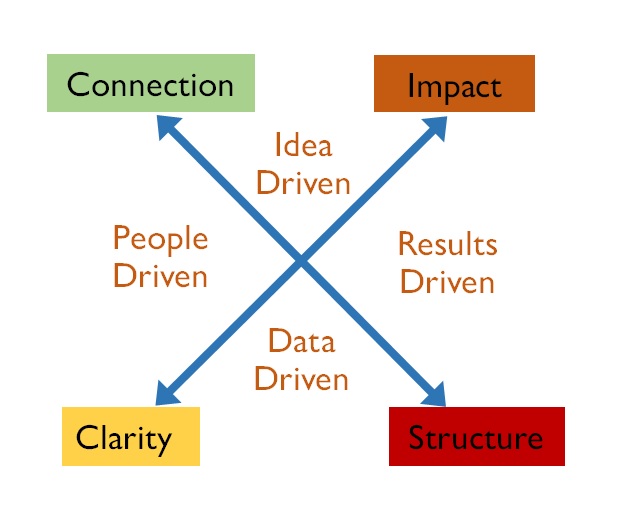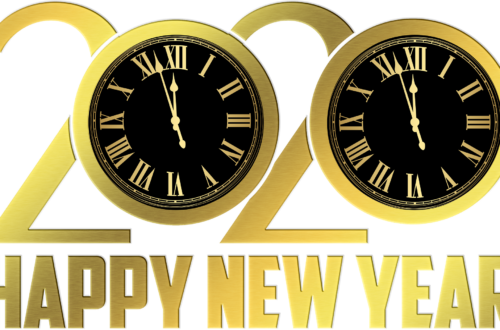
What Causes Conflicts In Teams
No one wakes up thinking, “I will ruin the day; I will create trouble today.” But even when everyone on the team is decent, stress, conflicts, and drama happen. I have identified a few underlying causes behind them.
- When thinking and feeling styles are different
- When someone is under stress
- When someone overuses their strengths
For this article, I am leaving out the toxic cultures where the main actors are ego, selfish interest, and lack of trust.
On a team I led, there was a very energetic, proactive, independent-minded person who was very good at generating ideas and following through with them without help. Let’s call him Ron. I felt lucky to have Ron on the team. But the problem was that some other folks were annoyed; they thought Ron was ambitious and was crossing lines. They were afraid Ron would create trouble for the team.
Such challenges are prevalent in the workplace. We all have our preferred way of thinking, feeling, and doing. When someone is different, we may have difficulty seeing the value and even get stressed about their intention or impact. According to the Tilt model,
Two thinking patterns are:
- Idea-driven and
- Data-driven
Two feeling patterns are:
- People-driven and
- Result-driven
Based on these, we have one of four tilts. Though we usually tilt towards one, when balanced, we can consciously choose our Tilt
The four Tilt patterns are:
Impact – Idea and Result-driven: They are good with Ideas and quickly putting them into action
Structure – Data and Result-driven: Cares about precise data and efficient processes.
Clarity – People and Data-driven: They enjoy research and investigation, connecting people and data.
Connection – People and Idea-driven: Socializing and storytelling around people invigorate them.
Naturally, people in the same Tilt find collaboration more effortless, but misunderstandings may quickly happen when the opposite Tilt patterns work together.
For example, Impact Tilts favor speed, so they find the Clarity Tilts slower and create roadblocks. At the same time, those in Clarity Tilt may see the Impact Tilters as unrealistic dreamers making false starts and randomizations.
In a recent leadership workshop I facilitated, two participants were Structure Tilt; the rest were Connection and Clarity Tilts. Unsurprisingly, the Structure Tilts dominated the conversations, while the Connection and Clarity people took time to think and respond.
The difference in Tilt patterns is only one aspect, though. Depending on their inner mindset (protective, competitive, adaptive, or agile), two people on the same Tilt may act differently. For example, someone in the Impact Tilt with an agile mindset may easily Tilt to Clarity when the situation demands it. However, those who are not balanced might overuse their Impact Tilt characteristics, causing ineffective behavior. For example, they may keep pushing for new directions and results (Impact traits) when the situation needs careful deliberation of the data and its impact on the people. Such behavior could lead to stress, conflict, and drama.
What can we do about it?
The good news is there are ways to mitigate such conflicts. Self and other awareness, healthy feedback, and open communication can go a long way. For example, in my team, I had an authentic and compassionate conversation with the people involved, helping them reflect on their thoughts and reactions. As a result, Ron realized the need to get buy-in before taking drastic action, and the other person identified her stress reaction due to overuse of cautiousness.
For teams, I would recommend the following:
- Individual Tilt assessments,
- A team workshop,
- Team coaching and
- Feedback training
If your team has unhealthy conflicts and drama, let’s talk.
Related: Fixing a Self-Sabotaging Team





